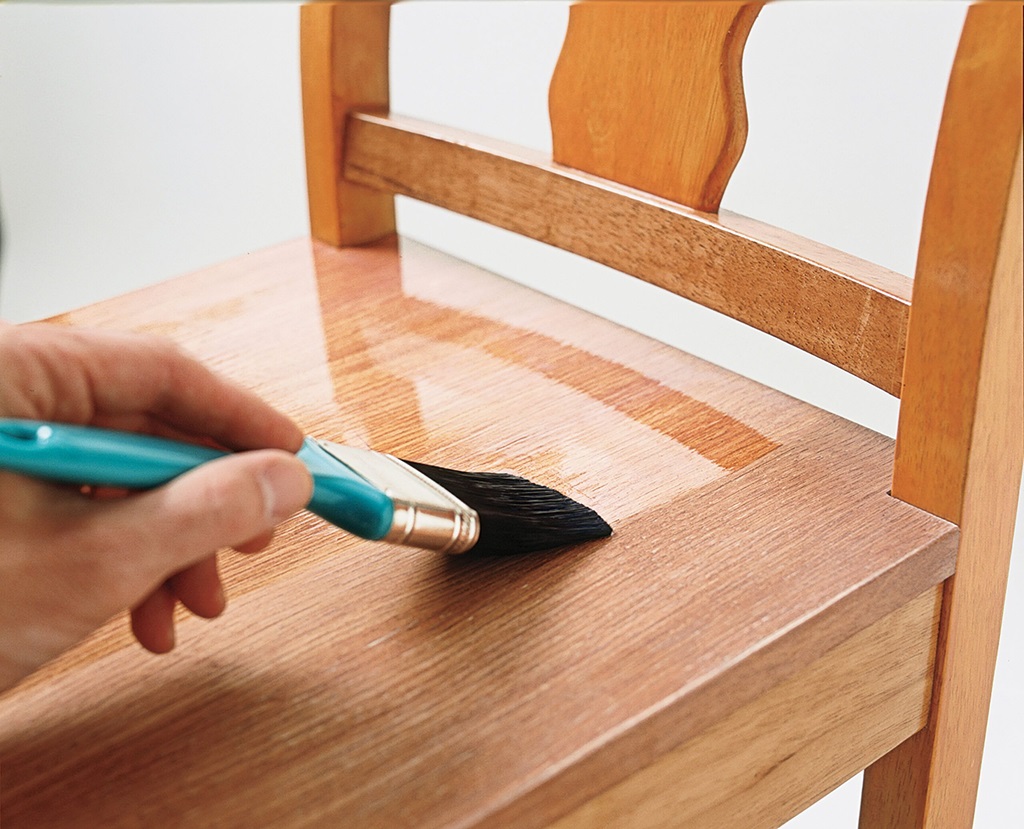What Are the Rubio Monocoat Problems

Rubio Monocoat is a popular wood finishing product known for its eco-friendly qualities and remarkable durability. However, like any other product, it’s not without its share of problems. In this article, we’ll delve into the Rubio Monocoat problems, providing valuable insights and advice for consumers.
What is Rubio Monocoat
Before we dive into the drawbacks of Rubio Monocoat, let’s understand what it is and why it has gained recognition in the world of wood finishing. Rubio Monocoat is a unique wood finish that gained fame for its one-coat application and ability to provide a natural look to wood surfaces. It’s favored for being a VOC (Volatile Organic Compounds)-free product, making it an environmentally conscious choice.
Rubio Monocoat Problems
- Application Challenges: While Rubio Monocoat is known for its one-coat application, it can be tricky for beginners. Achieving an even coat requires skill, and any mistakes can be difficult to rectify.
- Durability Concerns: Rubio Monocoat is often praised for its durability, but in high-traffic areas or on surfaces prone to moisture, it may require more frequent maintenance. This can be a drawback for those seeking a low-maintenance finish.
- Cost Considerations: The initial cost of Rubio Monocoat can be relatively high compared to other wood finishes. While it often justifies its price with long-term durability, the upfront investment can deter some consumers.
- Maintenance Needs: While it’s true that Rubio Monocoat doesn’t require frequent reapplication, it does require regular maintenance. This includes cleaning and reconditioning, which might not suit everyone’s lifestyle.
- VOC Content: Though Rubio Monocoat is considered an eco-friendly product, it’s not entirely VOC-free. It contains minimal VOCs, which may still pose concerns for those looking for completely VOC-free options.
Comparing Rubio Monocoat to Alternatives
One way to mitigate the disadvantages of Rubio Monocoats is to explore alternative wood finishing products. Here are some alternatives to consider:
- Polyurethane: Known for its exceptional durability and ease of application, polyurethane provides a glossy finish. However, it may contain more VOCs.
- Tung Oil: Tung oil offers a natural look and is easy to apply. It’s also less expensive than Rubio Monocoat, but it may not be as durable.
- Water-Based Finishes: These finishes are low in VOCs and easy to clean up. They may require more frequent reapplication but can be a suitable alternative for environmentally conscious consumers.
Mitigating the Disadvantages
To mitigate the drawbacks of Rubio Monocoats, consider the following tips:
- Seek Professional Help: If you’re unsure about applying Rubio Monocoat, it’s wise to consult a professional for a flawless finish.
- Regular Maintenance: Embrace a regular maintenance routine to extend the life of the finish.
- Consider Your Needs: Evaluate your specific needs and preferences when choosing a wood finish. Not every product is ideal for every situation.
Real Customer Experiences
While we’ve discussed the disadvantages of Rubio Monocoats, it’s also essential to hear from real customers. Many users have reported positive experiences with this product, especially when used correctly and maintained well. Their stories offer valuable insights for potential users.
Conclusion
Rubio Monocoat is undoubtedly a remarkable wood finishing product with a range of advantages. However, it’s crucial to be aware of its potential problems, such as application challenges, durability concerns, cost considerations, maintenance needs, and minimal VOC content. By considering alternatives and following maintenance tips, consumers can make an informed choice.
Frequently Asked Questions
Is Rubio Monocoats truly eco-friendly?
Yes, Rubio Monocoats is known for its minimal VOC content, making it a more environmentally conscious choice compared to some other wood finishes.
How can I best apply Rubio Monocoats for a flawless finish?
It’s advisable to seek professional help or thoroughly research and practice the application process for a perfect result.
What are some alternatives to Rubio Monocoats?
Some alternatives include polyurethane, tung oil, and water-based finishes. Each has its own set of advantages and disadvantages.
How often should I perform maintenance on Rubio Monocoats?
Regular maintenance, including cleaning and reconditioning, should be done as needed, which can depend on factors like traffic and exposure to moisture.
Is Rubio Monocoats worth the initial investment?
While the upfront cost may be higher, many users find that the long-term durability and natural look of Rubio Monocoats justify the investment.

